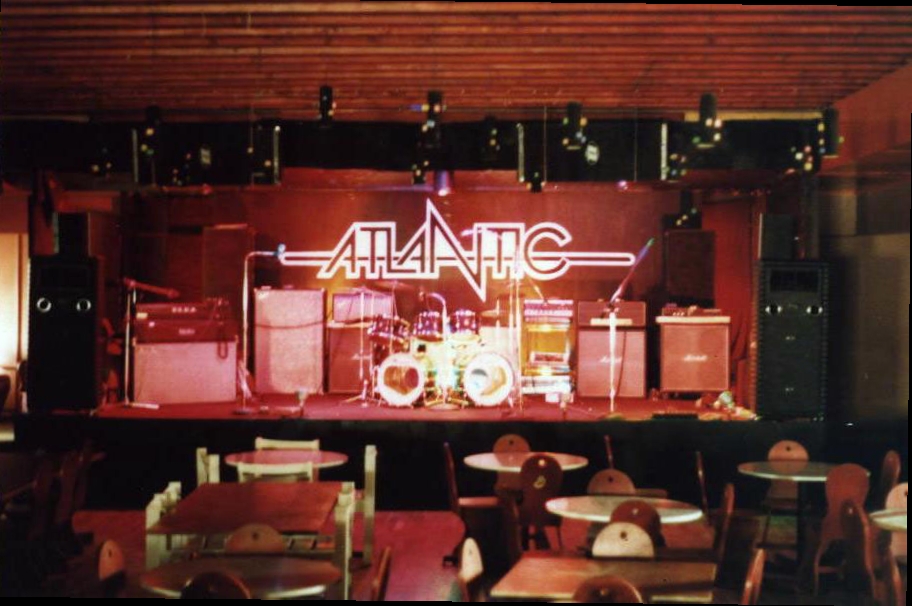A few days back I was holding forth about how the invention of waltz (3/4 time) was one of the greatest changes in all music. A little background:
[The] modern form of Waltz was born in suburbs of Vienna and mountain regions of Austria, and was created not for use by folk dancers, but for court. Before that time, all court dances were rigid, stately, solemn, procession-based, very tightly controlled, with complicated moves and timings. Waltz changed that with the introduction of free form dance with close position of dances, which immediately sparked revolt and scandals from traditional lovers of old ballroom dance.
Earlier classical waltzes were more a musical form than a dance, per se. (Tchaikovsky’s Valse Sentimentale is a good example, with its many stops and starts.)
It’s the only dance I can actually do (having spent most of my time on the other side of the microphone), and I love it. (As does New Wife, who was once a competitive ballroom dancer, and who makes Yer Humble Narrator look like a dancing elephant by comparison.) The waltz is just plain sexy, in a way that dance forms (other than the tango) aren’t.
Some churches even banned their congregations from dancing the waltz, but then came Johann Strauss Jr., and it was all over. (Here’s his Blue Danube, just as an example. The long introduction, it was said, was put there so dancers could begin the pairing-off ritual without losing any dance time together.)
What about contemporary waltz tunes? This was the subject of my discussion, wherein my friend said that the waltz was pretty much dead, and I disagreed vehemently. Here are some examples:
Billy Joel — Piano Man
Eagles — Take It To The Limit
Led Zeppelin — Dazed and Confused (!! the verse only, until it goes off the rails completely after two minutes and returns after three minutes of freakout)
…and let us not forget actor Sir Anthony Perkins Hopkins’s And The Waltz Goes On.
Your contributions in Comments

